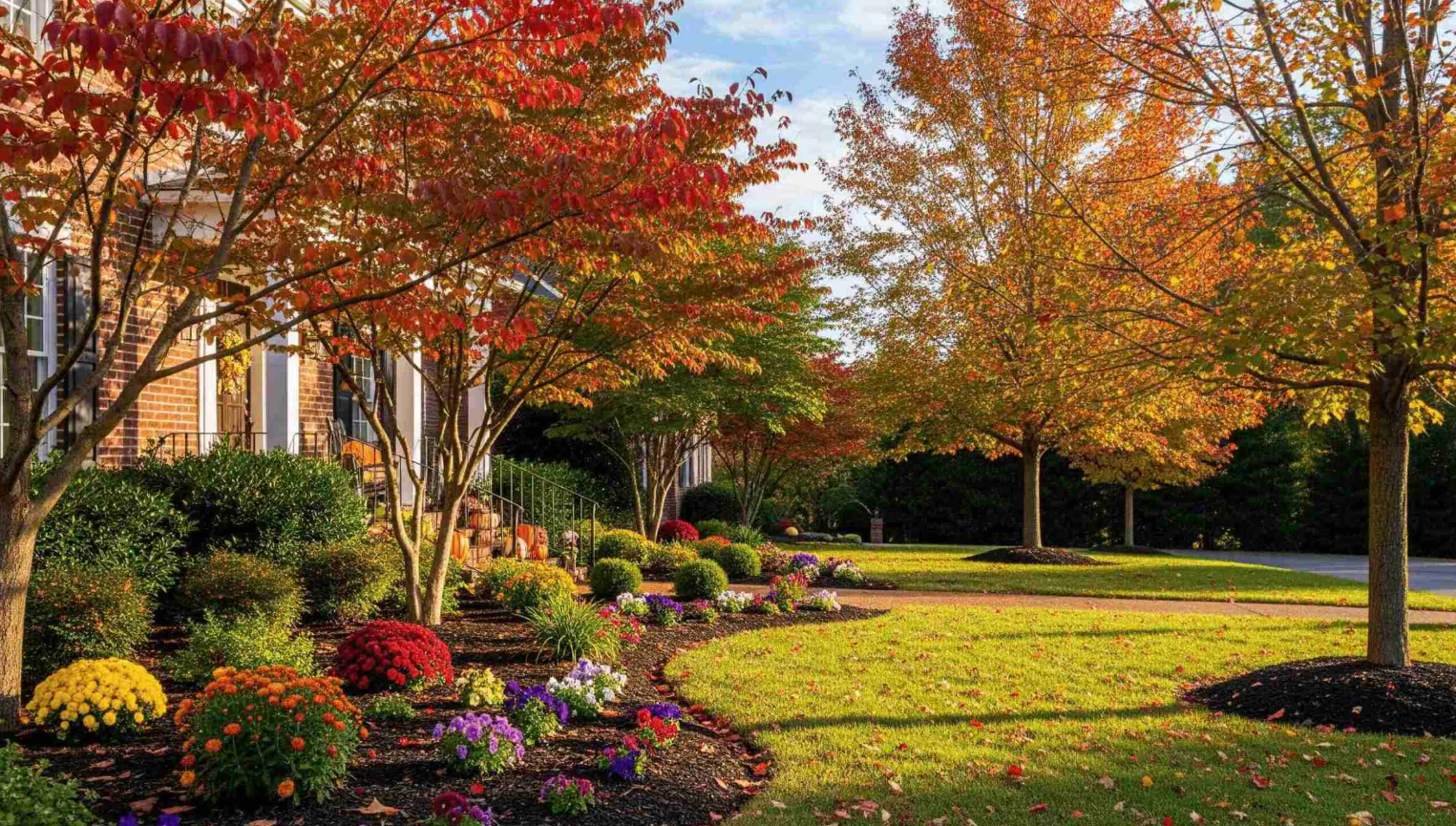As autumn settles in and the vibrant colors of Michigan’s trees begin to fade, it’s the perfect time to start preparing your landscape for the cold months ahead. Taking care of a few essential maintenance tasks now will help protect your plants, lawn, and outdoor features through the winter, and make your spring cleanup much easier. A little effort on your fall landscaping can go a long way toward ensuring your yard stays healthy, beautiful, and ready to thrive when warmer weather returns.
1. Clean Up Fallen Leaves and Debris
While a blanket of colorful leaves looks picturesque, letting them sit too long can smother your grass and lead to mold or dead patches. Rake and remove fallen leaves from your lawn, or better yet, run them through a mulching mower to create a natural fertilizer. Mulched leaves decompose quickly and return valuable nutrients to the soil. Don’t forget to clean out garden beds and remove any decaying annuals to prevent pests and disease from overwintering. read more about the benefits of tidying up fall leaves here.
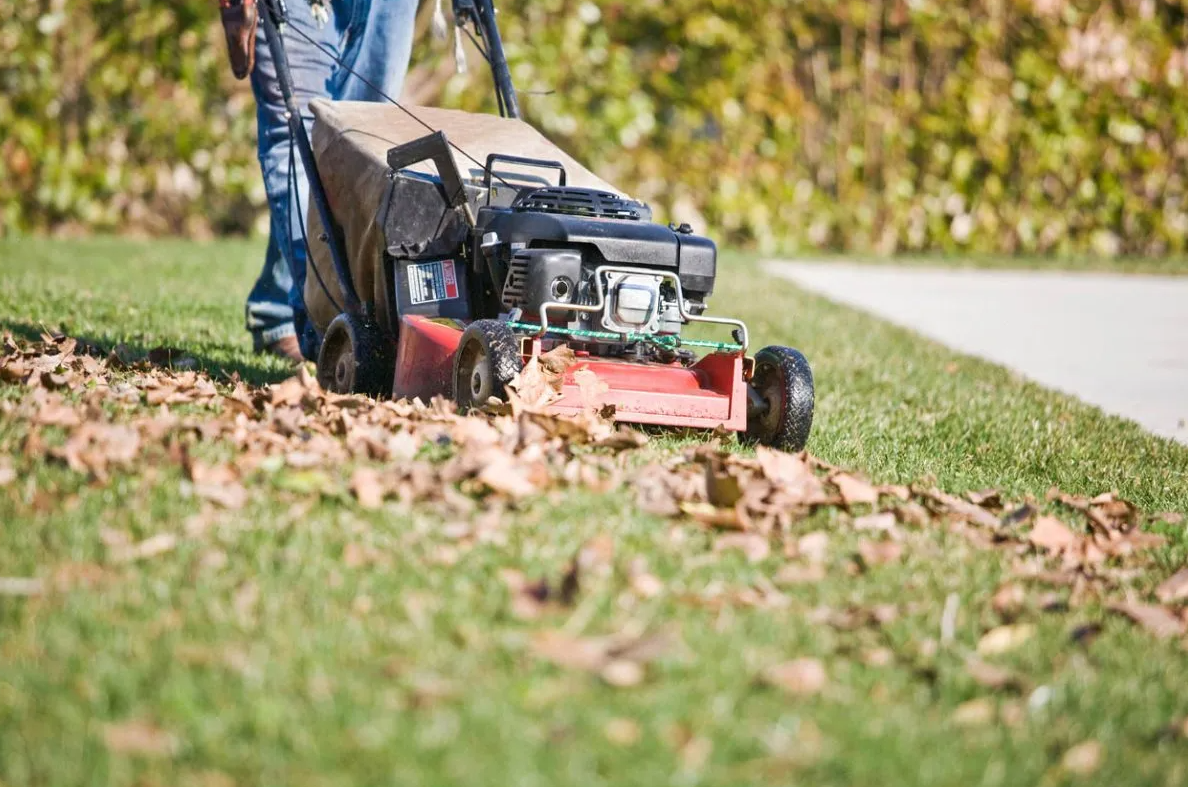
2. Cut Back Perennials and Prune Shrubs
Once your perennials have finished blooming, it’s time to give them a little trim. Cutting back dead stems helps prevent disease and keeps your garden looking tidy through the winter. However, avoid cutting everything down. Some plants, like coneflowers and ornamental grasses, provide winter interest and food for birds through the winter.
For shrubs and trees, prune dead or damaged branches before the snow falls. This reduces the risk of breaking from heavy snow and ice. Avoid heavy pruning of spring-flowering shrubs, as this can remove next year’s buds.
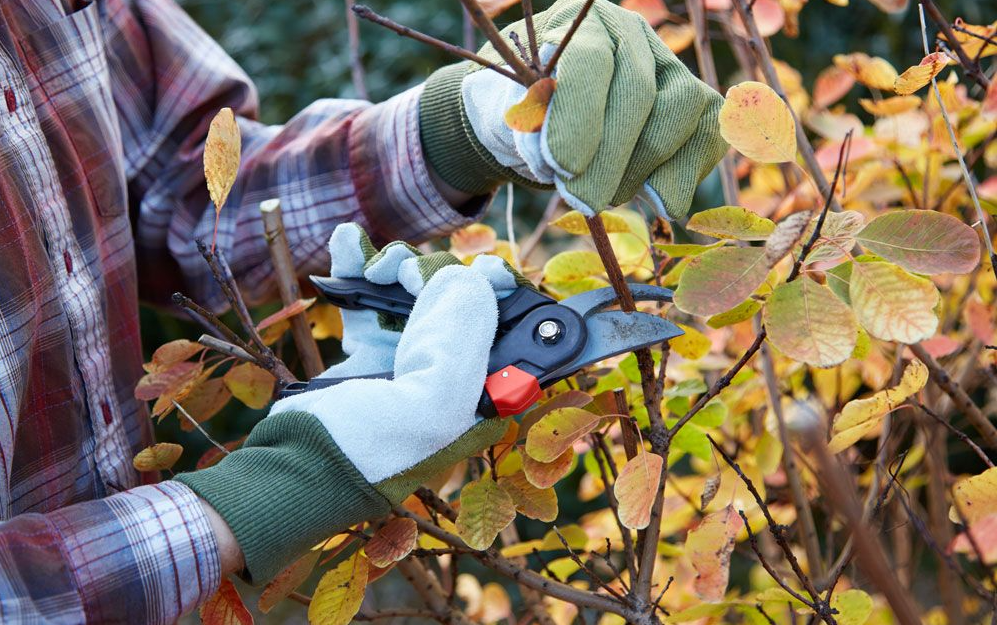
3. Aerate and Fertilize Your Lawn
Your lawn needs a little TLC before it goes dormant. Aerating in the fall helps relieve soil compaction and allows water, air, and nutrients to reach the roots more effectively. After aerating, apply a slow-release fertilizer designed for fall use. This gives your grass the nutrients it needs to build strong roots and survive the winter.
If you have bare or thin patches, overseed them now, cooler temperatures and increased moisture create the perfect conditions for seed germination. With proper care, you’ll be rewarded with a lush, green lawn come spring.
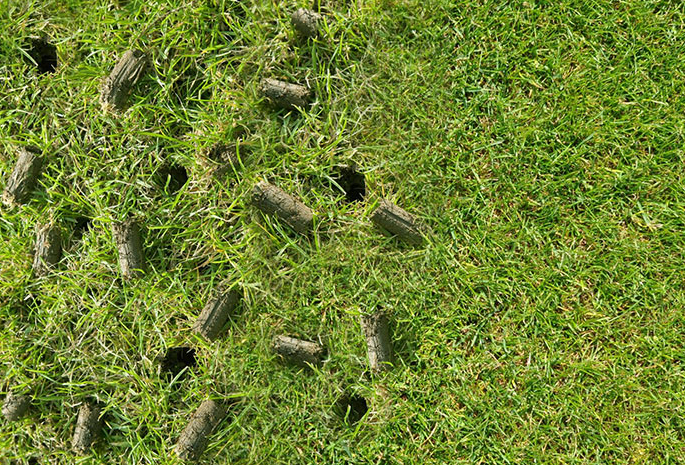
4. Winterize Water Features and Irrigation Systems
Before freezing temperatures arrive, take time to shut down and protect your water features. Drain fountains, birdbaths, and irrigation systems to prevent ice damage. For ponds with fish, install a pond heater or floating de-icer to keep a small section of water from freezing over completely. This allows oxygen exchange and helps your fish stay healthy through the winter months.
If you have a pond, pondless waterfall or decorative fountain, disconnect pumps and store them indoors and in water to prevent cracking or damage from ice buildup.
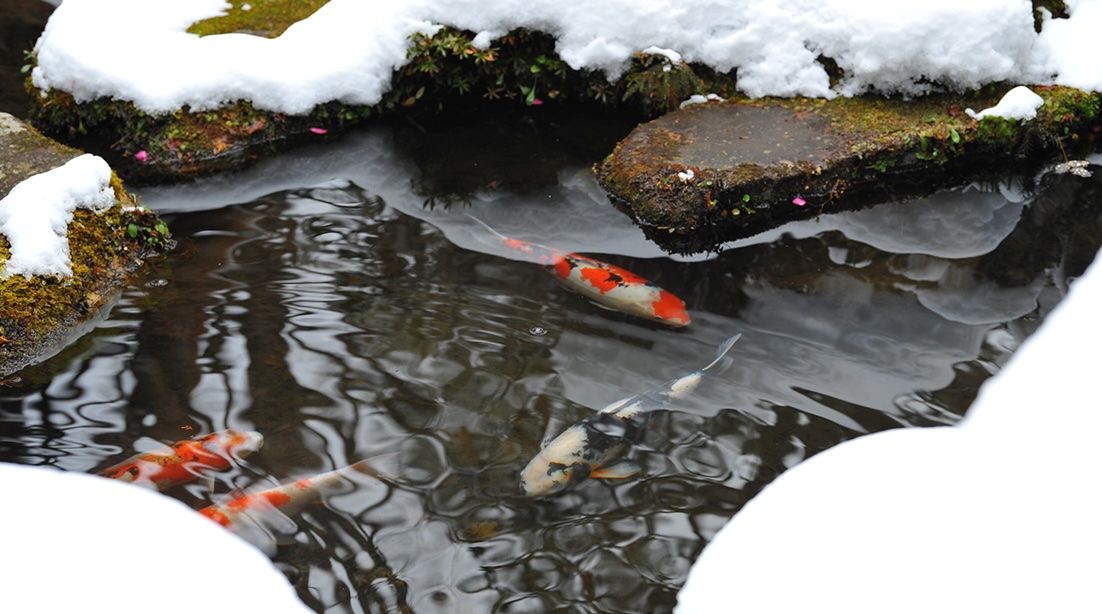
5. Add a Fresh Layer of Mulch
Mulching isn’t just for spring, adding a new layer in the fall helps insulate plant roots, retain soil moisture, and regulate soil temperature during freezing cycles. Apply a 2 to 3 inch layer of natural mulch, such as shredded bark or leaves, around trees, shrubs, and flower beds. Be sure to leave a small gap around plant stems to prevent rot.
Mulch also keeps your landscape looking neat and polished through the winter months, even after the plants have gone dormant.

6. Plant for Spring Color
Don’t pack away your gardening tools just yet! Fall is the best time to plant spring blooming bulbs like tulips, daffodils, and crocuses. The cooler temperatures encourage strong root development, ensuring a beautiful display when the snow melts.
You can also use this time to plant hardy shrubs or trees as the cool weather allows them to establish roots without the stress of summer heat. Consider adding evergreens for year-round color and structure in your landscape.
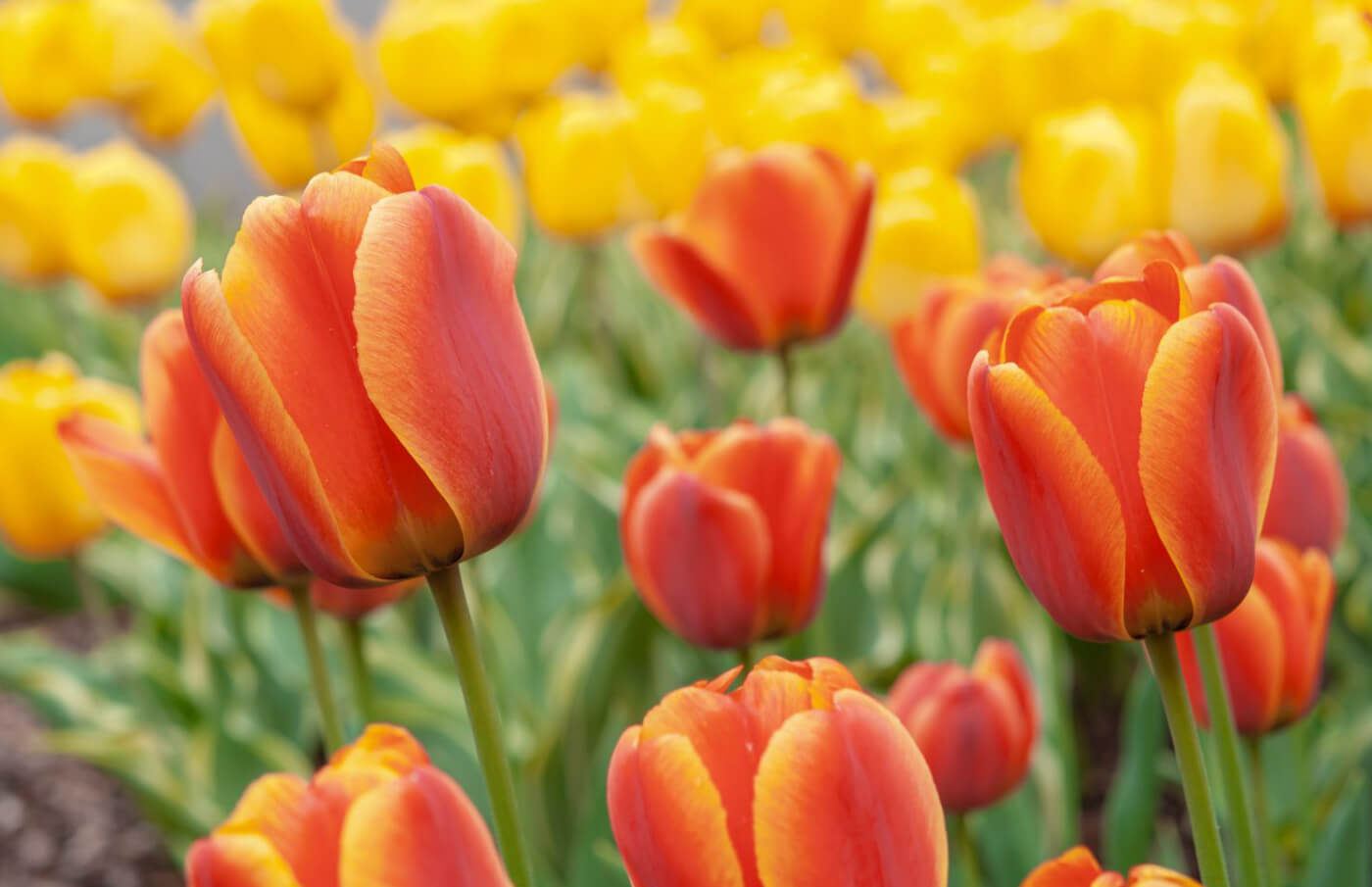
6. Check Outdoor Lighting and Decor
As days grow shorter, outdoor lighting becomes even more important. Check that all bulbs are working, clean the fixtures, and replace any that are damaged. Low-voltage or solar-powered landscape lighting not only adds safety and functionality but also highlights your home’s best features during long winter nights.
This is also a good time to store away or secure patio furniture and garden decor to prevent weather damage. Add a few seasonal planters or evergreen arrangements to keep your entryway welcoming through the holidays.
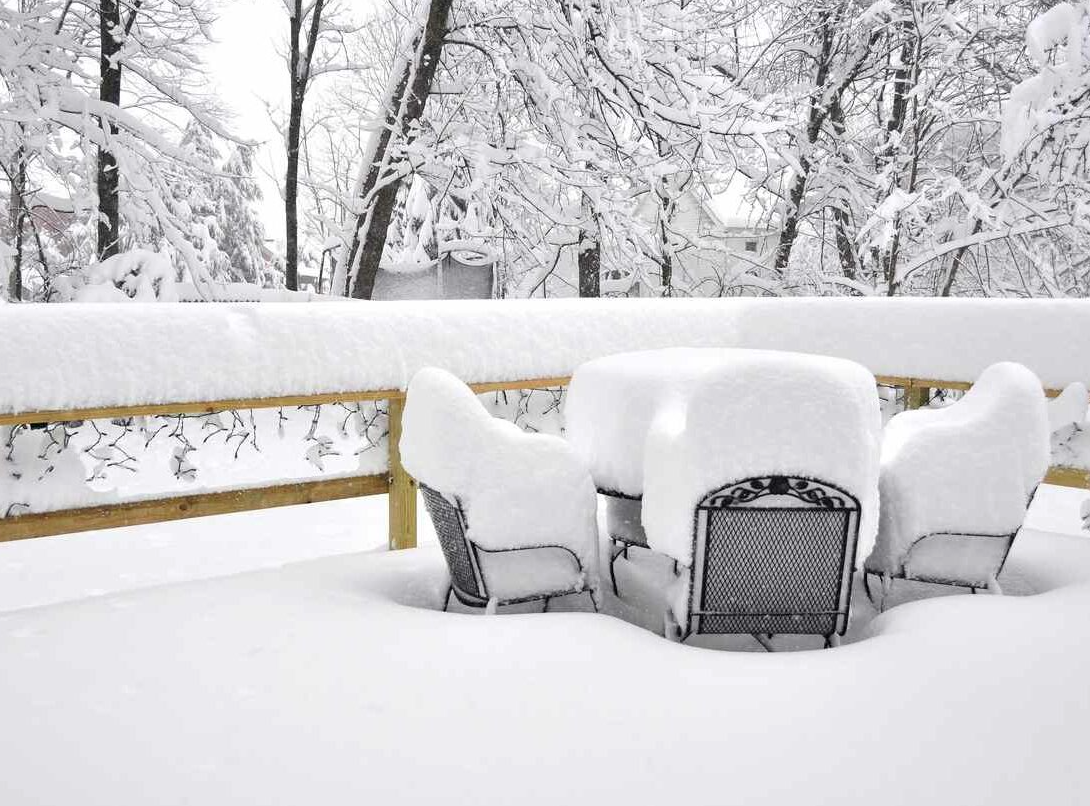
Preparing your landscape for winter doesn’t have to be complicated, it’s all about protecting what you’ve worked hard to create. By tackling these fall tasks now, you’ll set your yard up for success come spring. From cleaning up leaves and pruning plants to winterizing water features and checking lighting, each step ensures your landscape stays healthy, vibrant, and ready for a fresh start next season.
If you’d like help preparing your yard for winter or creating a plan for next year’s landscape design, our team is here to help. Contact us today to schedule your fall maintenance or design consultation and keep your landscape looking its best all year long.

